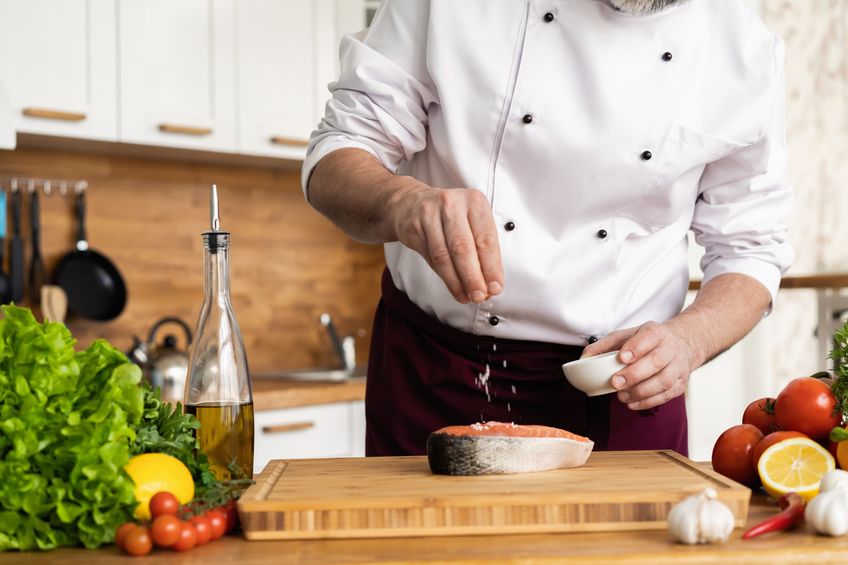By John Salak –
Wieners, burgers, turkey and chicken. What’s the next culinary mainstay to go meatless? Faux fish appear to be swimming your way. In what some see as possibly the menu item most conquered by a meatless alternative because of the difficulty in mirroring fish taste and texture, producers are, nonetheless, ramping up their efforts to put it on your table. And the market is taking notice even, if the demand for mock seafood is still less than overwhelming.
The BBC underscored this trend with its recent report Vegan seafood: The next plant-based meat trend? It noted that the recent growth in faux seafood to date, albeit relatively limited, is the byproduct of several factors including the general trend toward plant-based alternatives to fish and meat along with the fallout tied to the Covid-19 pandemic. Traditional meat and fish production in Europe, North America and elsewhere has been disrupted by the coronavirus infection rates in plants and fishing boats. This has helped fostered a somewhat wider opening for the production of mock meats, which are easier to produce in socially distanced environments.
U.S. consumers are apparently moving into that opening as 23 percent report they are eating greater amounts of plant-based meats during the pandemic, according to Self.Inc. The reasons aren’t entirely clear for the rise in demand, although the animal rights organization PETA theorizes that the shift may be due to the possible link between animal agriculture and the virus along with people having more time to experiment with new foods during the lockdowns.
Faux fish isn’t necessarily new. It has been available for decades. But has only ever been able to secure a small portion of the overall market. In the U.S. alone, for example, plant-based seafood made up only 1 percent of all mock meat production in 2019, according to The Good Food Institute. Regardless, there is a rise in mock seafood demand, possibly as part of the general growth in plant-based alternatives.
“The past few years have seen an explosion in vegan products as ever more people are waking up to the environmental, health and welfare benefits of a vegan diet — and vegan seafood is no different,” Dr. Justine Butler, senior health researcher, told the vegan information organization, Viva Health.
“Fish-free options now include banana blossom fish and chips, tofu marinated in seaweed flakes, Quorn fish fingers, watermelon in place of tuna steak, smoked carrots instead of salmon, there are tons of options out there to suit every palate,” she added.
The growing lure of mock seafood for many goes beyond personal health preferences to include its reputed positive impact on the climate. “Plant-based seafood provides a host of environmental benefits, including alleviating pressures on rapidly depleting fisheries, providing relief to fragile ocean ecosystems, reducing the impact of fishing nets on the ocean plastic problem, and reducing production-related GHG emissions,” explained Caroline Bushnell, associate director of the Good Food Institute.
Saving the planet and building personal health are both noble goals. But do they overcome some of the culinary limitations that have hindered mock seafood’s rise to date? Admittedly, that is open to debate. Nonetheless, numerous restaurants and some well-known chefs, vegan and otherwise, have taken up the challenge to make the socially noble, pallet friendly, as digital magazine Hakai reported recently.
One Green Planet has an option to answer this question for those interested but unsure. Try Lauren Hartmann’s recipe for Southern Faux Fish and Chips and let your taste buds be the judge.












